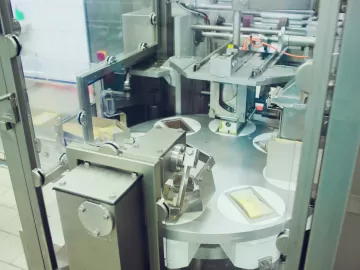Beiersdorf Group Sets Ambitious Climate Targets for 2025
The Group successfully cut its energy-related CO2 emissions by 60 percent in absolute terms between 2014 and 2019. Various energy-saving measures, the LEED seal-winning sustainable design of production and office locations, and the transformation to green logistics are just a few examples of the Beiersdorf Group’s uncompromising climate protection program. Since the end of 2019, 100 percent of the electricity purchased worldwide comes from renewable energy sources.




